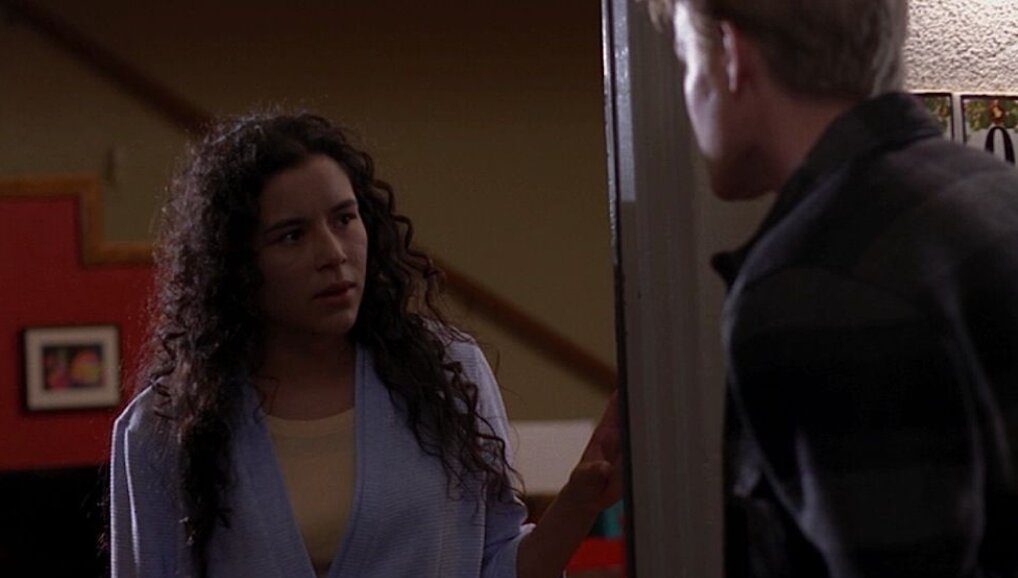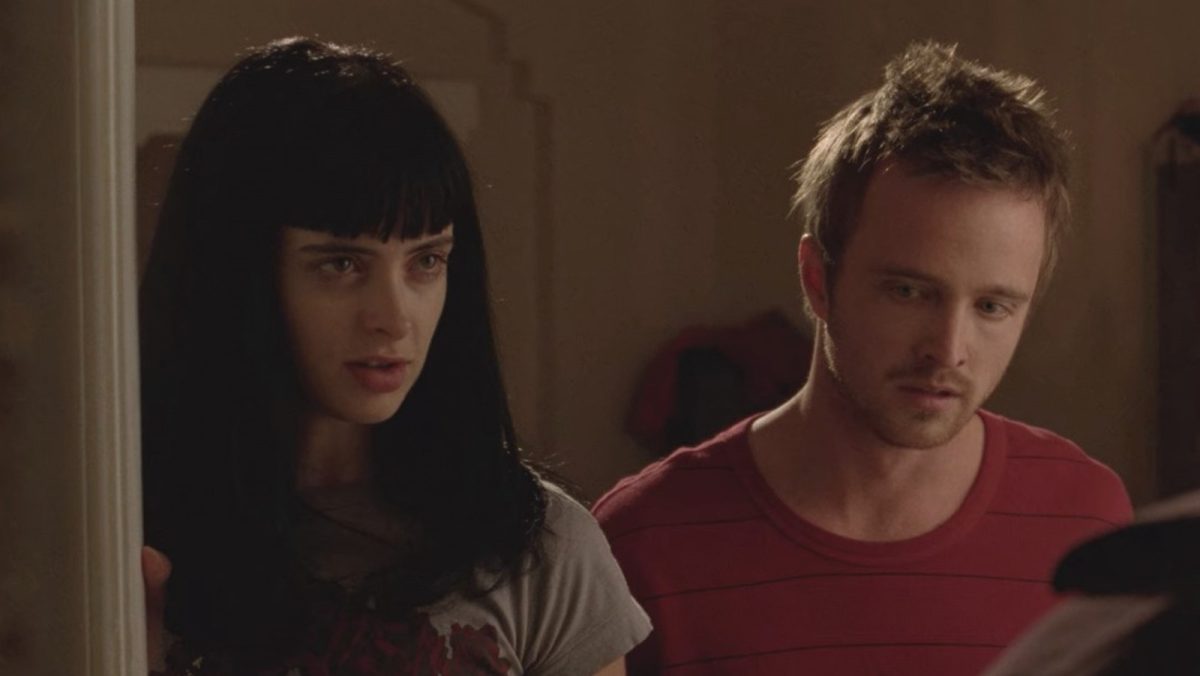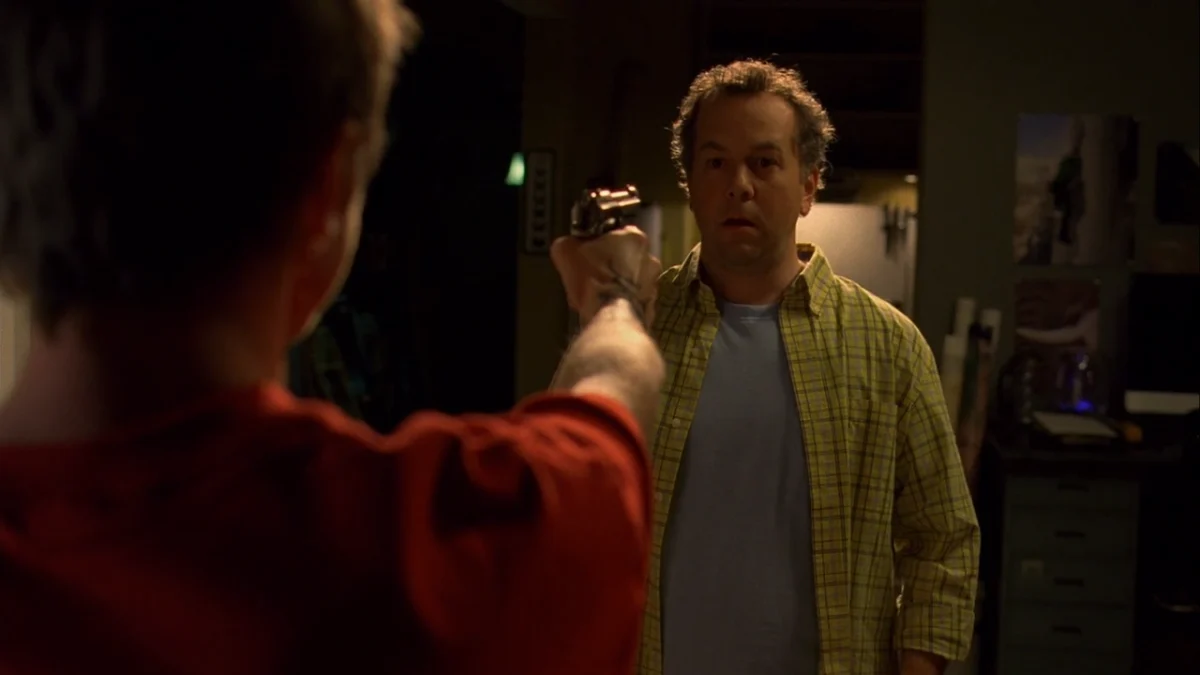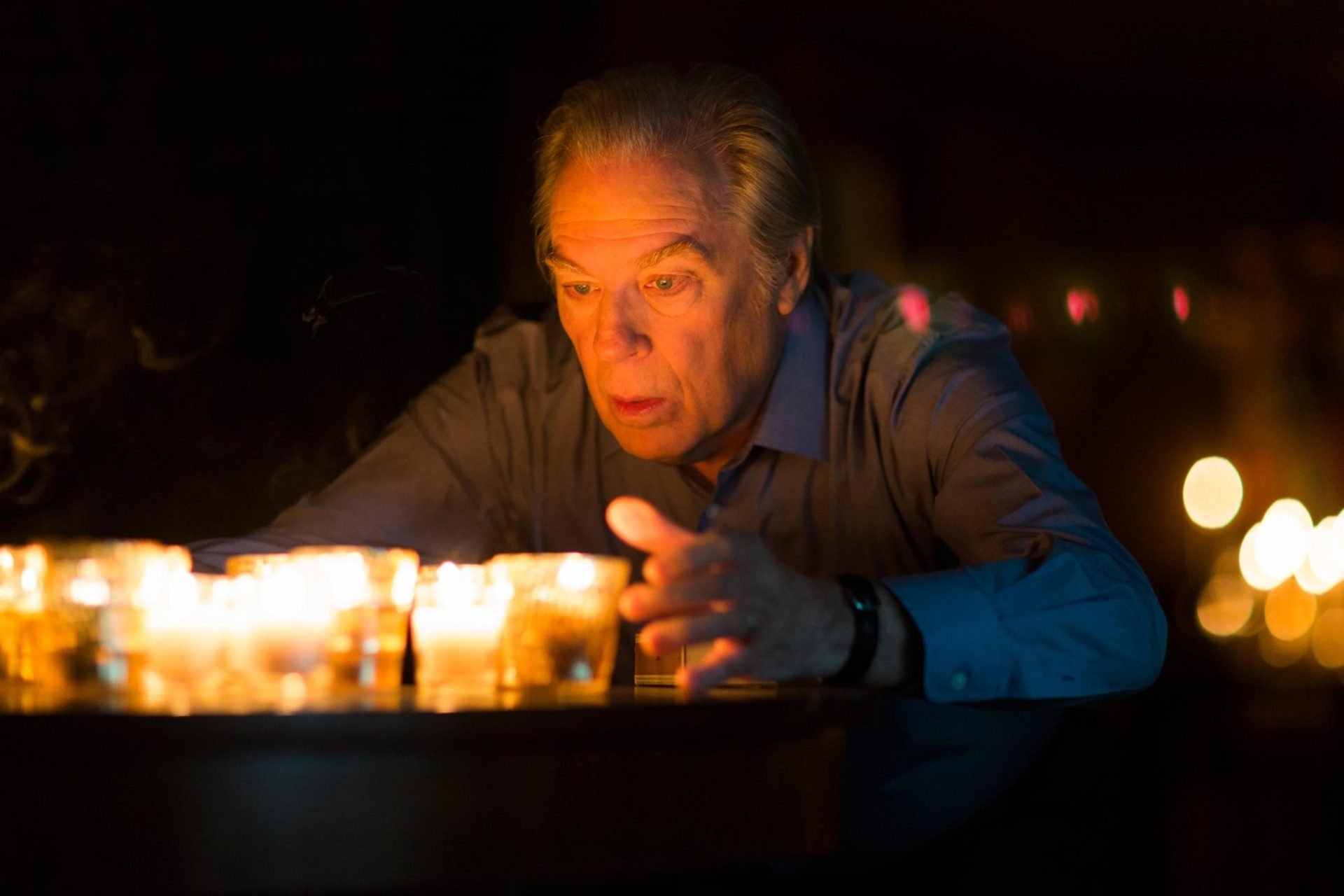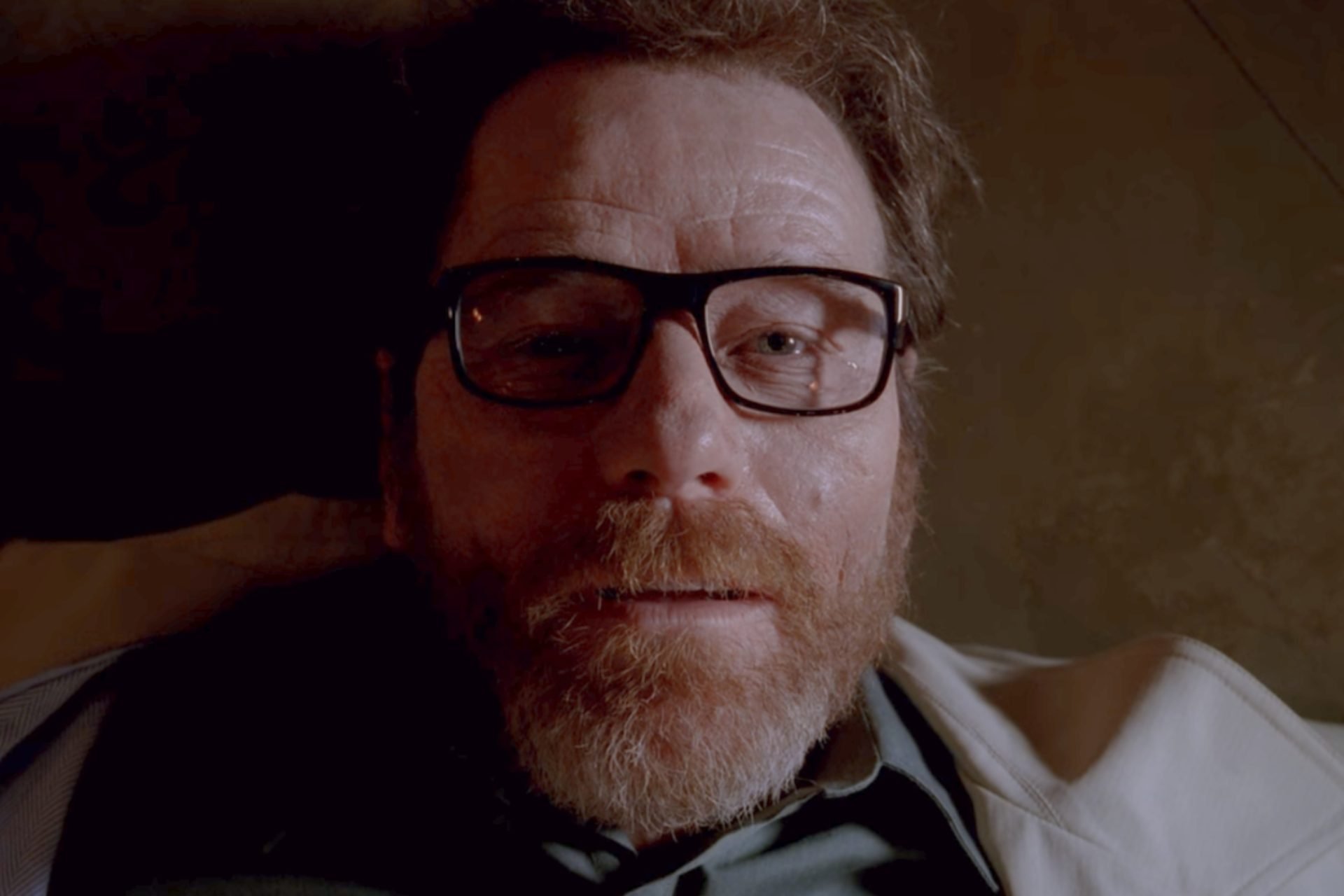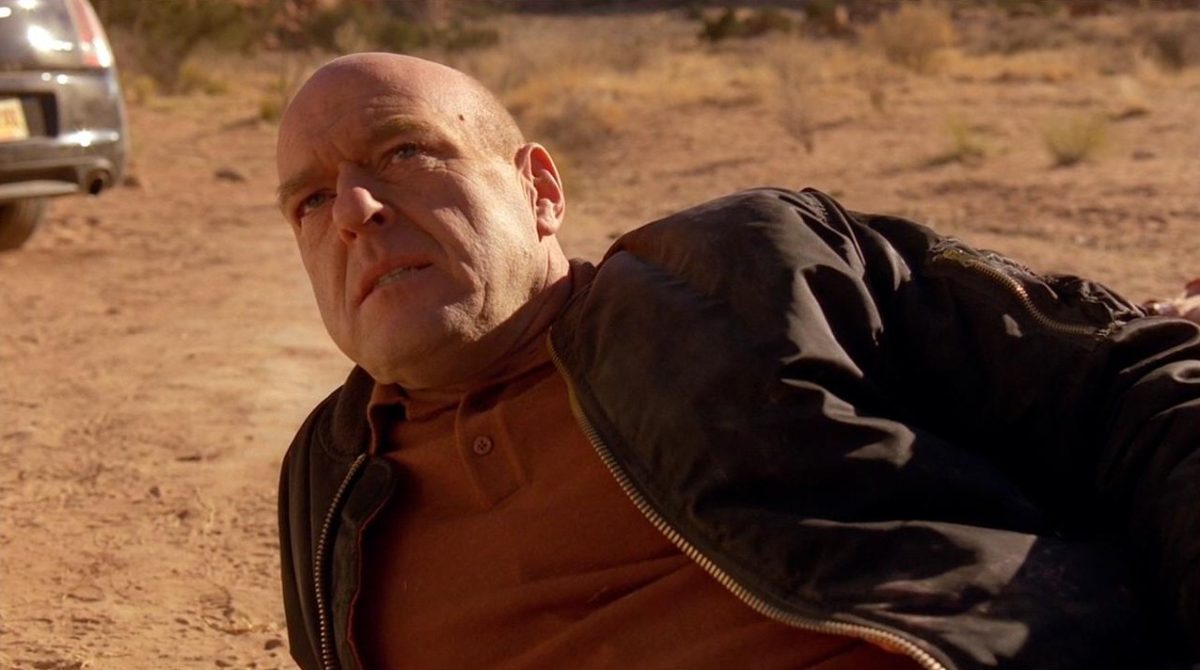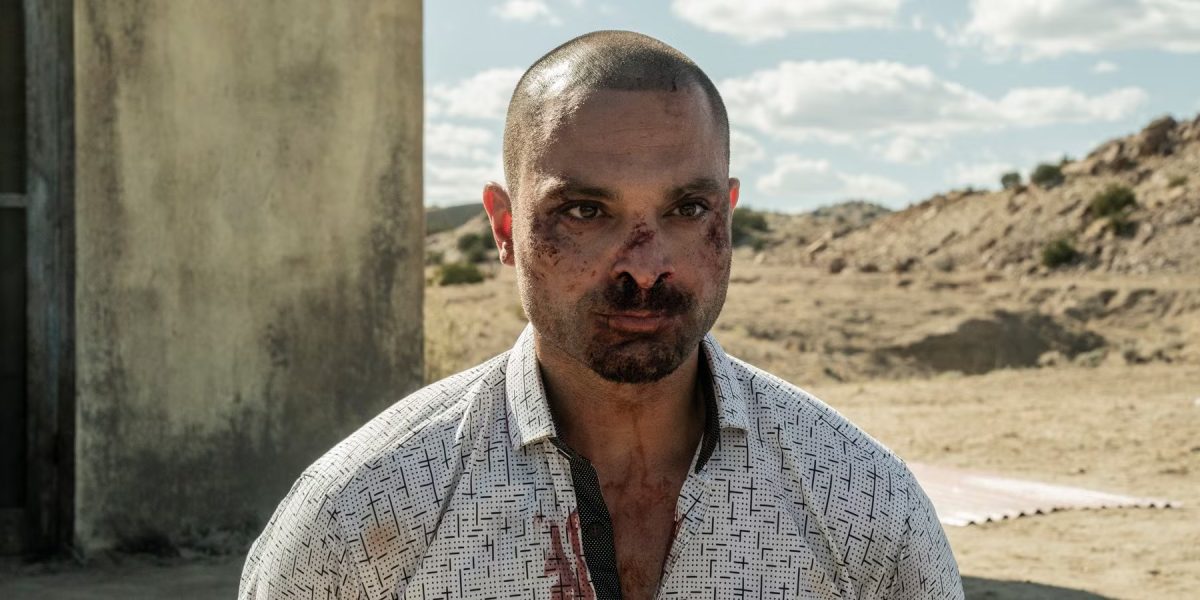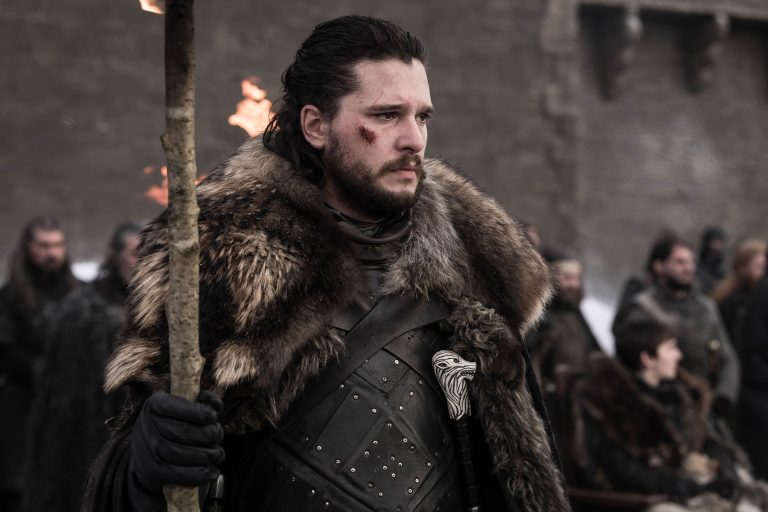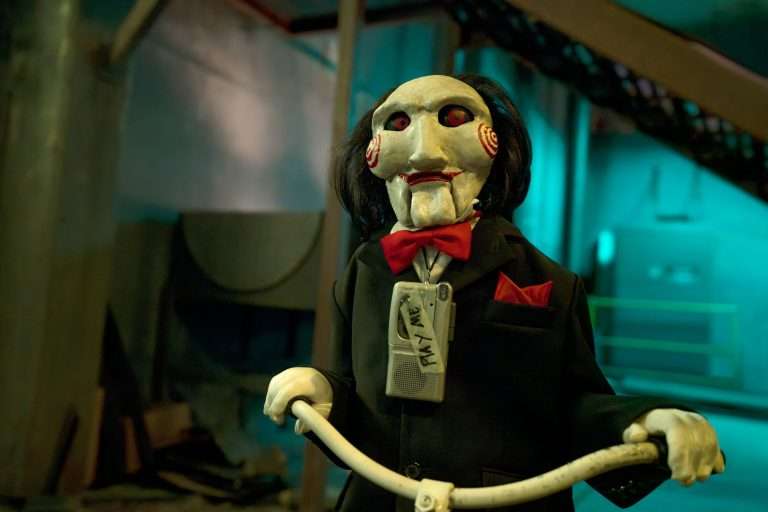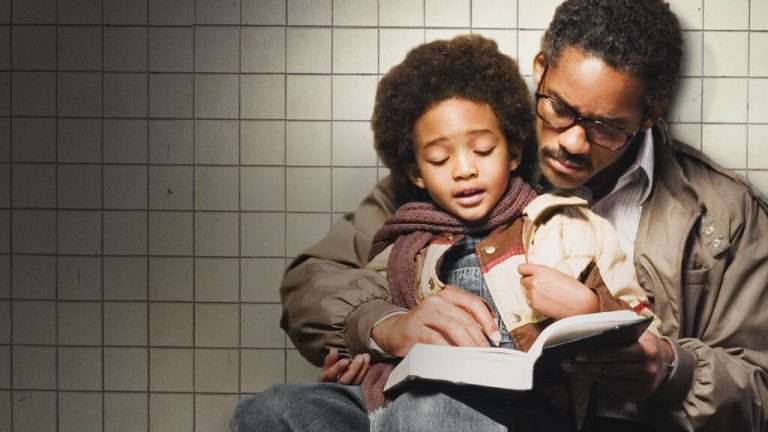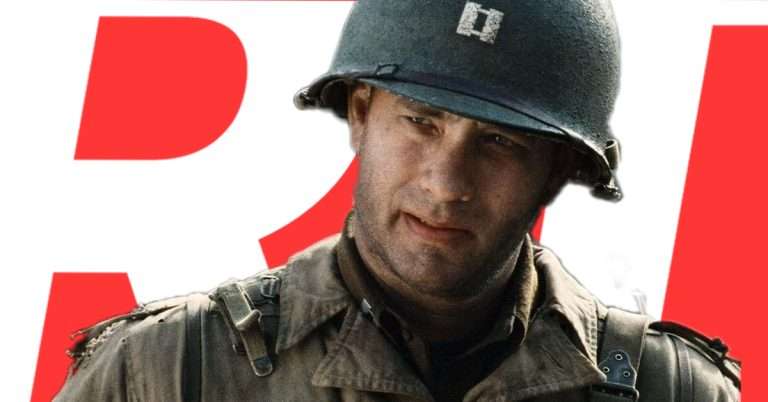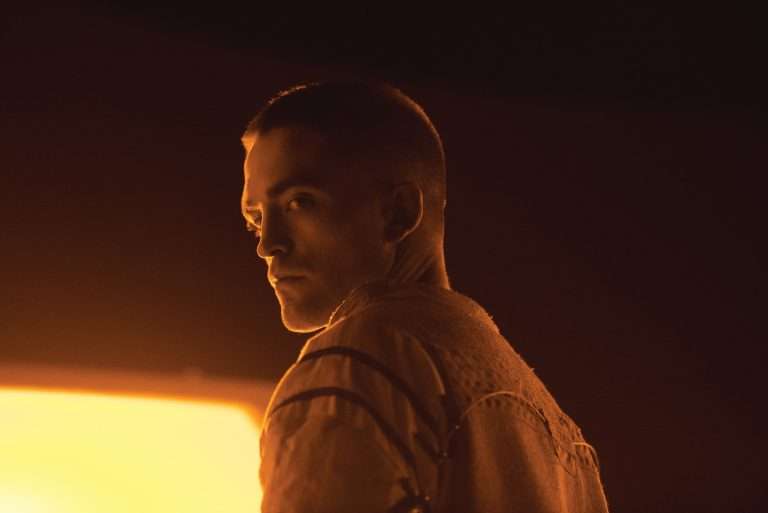Breaking Bad and Better Call Saul, taken together, have no match in television history in terms of mesmerizing, cinematic storytelling. There isn’t any other set of characters and narrative that is quite capable of evoking the same reaction.
Mike Gould and Vince Gilligan’s fruitful collaboration captured the meteoric rise and tragic downfall of Walter White. He started off as an ailing high-school chemistry teacher and died as a disgraced drug kingpin, all alone. Better Call Saul took inspiration from a similar arc for Saul Goodman, a kind-hearted and intrepid lawyer who did not hold back from bending the rules, so to speak.
But relegating the shows to only focus on their main men would be vain and an insult to what the Breaking Bad universe represents. Both shows have so much to offer beyond Walter and Saul. Among other things, the most cherished aspect for fans was how unpredictable the twists and turns in the show were. Deaths, arguably, were not part of that juggernaut. Unlike Game of Thrones, one could adequately guess when a character would die – barring a few notable exceptions – but the aching sense of dread was too strong.
Probably the death was undeserved or deserved. But one thing was for sure: they were undeniably sad. The deaths we list below are a few from the Breaking Bad universe we still cannot get over. The list includes instances from both shows and carefully weighs the character’s emotive value and narrative significance before and after their death. So here are the 10 Saddest Deaths from the Breaking Bad universe.
10. Andrea Cantillo: The Loss of Innocence in the Face of Darkness
Andrea was a sympathetic character who had already suffered a great deal. She is a recovering drug addict and single mother trying to turn her life around. Her relationship with Jesse Pinkman, built on a shared experience of addiction and trauma, was a rare source of stability and support in her life. She died in Season Five, episode 15 (“Granite State”), as Jesse was made to watch. Todd Aluqist was evil incarnate and completely uprooted Jesse and Andrea’s evolving relationship.
From a psychological perspective, Andrea’s death can be seen as a tragic consequence of the cycle of violence that pervades the Breaking Bad universe. The characters in the show are often driven by their own demons and traumas, which lead them to make increasingly destructive choices. This is particularly true for Jesse Pinkman, who struggles with addiction, guilt, and shame.
A prominent allegory of Andrea’s death can also be seen as the loss of innocence and hope in the face of darkness. Breaking Bad presents a bleak and often nihilistic view of the world throughout the series, where even the most well-intentioned characters are ultimately doomed to fail. Andrea represents a glimmer of hope and redemption in this bleak landscape. But her death underscores the ultimate futility of trying to escape the cycle of violence and destruction.
Andrea’s death can reflect the show’s more prominent themes of moral ambiguity and the consequences of choice. Breaking Bad explores the idea that every action has a consequence and that the line between good and evil is often blurred. Andrea’s death is a stark example of this, as it is the direct result of Jesse’s involvement in the methamphetamine trade, which itself is a product of Walter White’s choices.
9. Jane Margolis: A Rising Phoenix Who Got Her Wings Clipped
Jane’s death was an obvious low point in Walter’s journey as a character. But even more so, it remains one of the most tragic deaths in the Breaking Bad universe. Reform is a tricky subject. One cannot be convinced to believe that a person can easily change. Such is the vile tempest of our envy and desires that we always look at people like Jane and Jesse through the lens of suspicion and inherent derision.
Jane was Jesse Pinkman’s girlfriend, and their relationship was a significant part of the show’s narrative. They were both flawed characters trying to find their way in the world, and their love for each other was genuine. By the end of their relationship, we could see how much they mattered to one another and how significant their presence was in each other’s lives. Even though the two characters were not beacons of reformative change, they gradually trudged along on the recovery path.
Jane’s character was a recovering drug addict, and her relapse ultimately led to her death. Her struggle with addiction and the consequences of her actions highlight the devastating impact of substance abuse to some extent. That is one of the hidden themes in the Breaking Bad universe directly related to the vices in human nature. It represented a darker part of us without too much molly-coddling the subject’s obviousness.
Jane’s death was not the result of any deliberate action by the main characters but rather a tragic accident. She choked on her own vomit while under the influence of drugs, and her death was a senseless loss of life. She could have been saved, but Walter thought like a kingpin and a blood businessman rather than as a human being. Jane’s death is tragic because it changed Walter in our eyes. And somewhere deep down, in his own eyes as well.
It also profoundly impacted Jesse, who was present when Jane died. He experienced a great deal of guilt and remorse over her death. Her death marks a turning point in his character’s development, and he becomes increasingly disillusioned with the drug trade. It is also a significant plot point that drives the story forward and impacts the main character’s development. It killed something in Jesse, and he was never the same again.
Recommended Read: The Weaker Sex in Breaking Bad
8. & 7. Werner Ziegler & Gale – The Price of Pottage: A Tale of Meth & Men
Werner and Gale were terrible tragedies that would earn everyone’s sympathies above anyone else in the everyday world. But such is the nature of the Breaking Bad universe that you ought not to see how things really are. Good men make bad decisions, which was undoubtedly the case with Esau, as mentioned in the bible. Werner and Gale made the same mistakes, allowing corrupted minds to enter their pious realm.
Both characters were involved in Walter White’s drug operation, albeit in different ways. Werner was a German engineer brought in to help build Gus Fring’s meth lab, while Gale was a chemist who worked with Walter on his own meth production. Gale was killed by Jesse Pinkman in Season 4, Episode 12 of Breaking Bad, titled “End Times.”
Werner was killed by Mike Ehrmantraut in Season 4, Episode 8 of Better Call Saul, titled “Coushatta.” Beyond the commonality between their deaths, there is also the tragedy of who killed them.
Mike could not come to terms with killing Werner for a long time. He prominently dictated Mike’s decision-making even in the final season of Better Call Saul. Jesse was everything but not a killer. He was not someone who could stomach the aftermath. Both deaths had a significant impact on the main characters.
Werner’s death was a turning point for Mike, who was forced to confront the brutality of his own actions. Gale’s death profoundly affected Jesse, who was haunted by the memory of his murder and eventually turned against Walter.
Overall, Werner and Gale’s deaths are similar and tragic because they represent the senseless violence and extreme consequences of being involved with the drug trade. They are sympathetic characters who meet tragic ends, and their deaths significantly impact the main characters and the show’s narrative.
6. Chuck McGill: Brilliance Overshadowed by Mental Illness
Chuck was Jimmy McGill’s, a.k.a Saul Goodman, older brother, and their relationship was fraught with tension and conflict. Despite their differences, Saul loved his brother and tried to support him throughout his struggles with mental illness. He died in Season 3, Episode 10, titled “Lantern.”
In the final moments of “Lantern,” Chuck removes the emergency blanket he had been wearing after destroying his house and getting rid of all electrical appliances. Furthermore, he kicks over the lantern that had provided him with light, and the house catches fire. The last shot shows Chuck’s face, illuminated by the flames, as he screams in agony.
Chuck’s death had a profound impact on Saul’s character development. The two brothers withheld some love for each other, but not respect, certainly not Chuck. He always looked down upon Saul to a fault. His jealousy was so intense that he even got Saul disbarred and threatened to send him to jail. Saul experiences a great deal of regret and guilt over his brother’s death.
Saul’s actions may not have directly caused Chuck’s suicide. Still, they did contribute to Chuck’s overall deterioration and feelings of isolation and hopelessness, which likely played a role in his decision to take his own life. He feels responsible for the events that led to Chuck’s demise and struggles to come to terms with his feelings toward his brother.
Like Mike, Chuck was a man of ethics. But more importantly, he saw himself as the custodian of the law. His mental illness overshadowed his brilliant legal acumen for most of Better Call Saul. Chuck suffered from a condition known as electromagnetic hypersensitivity, which caused him to believe he was allergic to all forms of electricity. This condition significantly impacted his life and relationships and was a source of much of his personal and professional turmoil.
Chuck was a complex character who had moments of redemption throughout the series. He was a talented lawyer and mentor to his brother, and he tried to make amends for his past mistakes. His death represents a loss of potential and the end of his journey toward redemption.
5. Howard Hamlin: More Than Just The “Wrong Place, Wrong Time.”

Season six of Better Call Saul came under the scanner of critics for its almost senseless treatment of Howard’s character. The elaborate shenanigans that Saul and Kim indulged in to publicly humiliate and insult did not seem to make too much sense in our eyes. Hindsight gives us the benefit of understanding this creative decision through the lens of a tragic, heartbreaking epiphany for Kim that her love, while wildly exciting, is toxic and poisonous to others around her.
There was nothing wrong with Howard fundamentally. If one had to judge the events of Better Call Saul in real life, the swashbuckling lawyer would be everyone’s favored horse. It again shows how easily a viewer can be deceived into ditching their morals for a central character whose moral turpitude is so brazenly indifferent. Howard’s death was more than just “wrong place, wrong time”; it was cosmic coming together of ideals and all Saul and Kim were bringing onto themselves.
Lalo was an insanely evil character, and what he did was something you would expect from him. But Howard’s death was the defeat of goodness. It smeared the easygoing vibe that settled in quite nicely in season six.
4. Walter White: Apotheosis of the Modern Anti-Hero
One reason why Breaking Bad is so cherished is its character development. Props to AMC and the pair of Gilligan & Gould for being patient in building up the universe of Breaking Bad without too many presumptive jumps. Walter White is the central speaker around whom the entire story revolves. His exquisite characterization certainly places him among the most significant characters in television history.
Throughout the series, Walter White is depicted as an anti-hero who starts as a sympathetic character and becomes more and more morally compromised as the story progresses. The changes in his attitude and disposition are marked, also giving form to iconic lines like “I am the danger” and “My name is Heisenberg.” White’s ominous transformation peaked when he let Jesse’s girlfriend Jane die of an overdose. By the end, however, he tries to redeem himself and sacrifices his life for Jesse. Walter’s death deprives him of a chance to make amends for his past misdeeds fully.
Walter’s choices and actions have cost him everything he holds dear, including his family, friends, and life. His death, therefore, is not just the end of a character but the culmination of a series of tragedies. All those factors evoked a pure sentiment from the viewer. Such is the beauty of how Bryan Cranston plays him that we end up rooting for a monster. Gilligan and Gould put his new identity in the proper context to ensure the above.
Walter started his journey as a high school chemistry teacher who was frustrated with his mundane life and financial struggles. He ultimately becomes a drug kingpin with more money than he could ever imagine, but his quest for power and money eventually leads to his downfall. Overall, Walter’s death is tragic because it represents the ultimate cost of his choices and actions and the loss of a complex and fascinating character that the audience has grown to care about.
Also Read: 5 Screenwriting Lessons You Can Learn From The Breaking Bad Pilot
3. Hank Schrader: A Fan-Favourite; The Purest of Them All
There are no doubts that Hank, initially, was someone who could not be instantly likable. He came off as obnoxious and a little too masculine. It was comical how he paraded himself as a carefree alpha. Hank’s character developed significantly throughout the series. He started as a tough-talking, brash DEA agent. However, he softened over time and became a more sympathetic and complex character. His death deprived the audience of the chance to see how he would have continued to evolve.
Hank’s iconic moment in the plot reading Walt Whitman was laced with a heartbreaking sense of betrayal. After all that he had done for Walter and the family, he could not believe Walter was the evil cuckoo in his nest. His incredulous reaction immediately foreshadowed what would become a zero-sum game. Only one man would emerge, and sadly, it was not Hank.
One can certainly argue that he did not deserve to die. The scales of morality were heavily in Hank’s favor. Hank was a dedicated and loyal law enforcement officer who had spent years investigating the drug trade in Albuquerque. Hank was a stand-up guy with minimal deception in his nature. Hank’s death has a profound personal cost to those who loved him, including his wife Marie and DEA colleagues. They are left to grieve the loss of a good man who died doing what he believed was right.
The most brutal and tragic aspect of Hank’s death was the manner in which he died. Jack’s neo-Nazi gang preyed on Walter’s sentimental vulnerability, something Hank said in his final moments “He knew from the start.” For all that he was put through, he died alone, shot in a nowhere place by a low-life scum of the earth. Jack represented the catalog of people Hank had fought against his whole life.
2. Ignacio Varga: The Loyal Pawn Sacrificed in a Zero-sum Game
Ignacio did precisely what was asked of him. His loyalty to Gus Fring was unwavering. In fact, after what he did for Gus, risking his life at the hands of mercenaries like the Salamancas, he deserved a heroic embrace. Instead, he got two bullets in the back of his head and several others in his chest. Even his lifeless body was not spared the dignity of flesh as God made it. Igancio’s unceremonious death was the most tragic moment of Better Call Saul’s season 6.
Varga’s death represents the loss of a sympathetic character with great potential caught in a difficult situation he cannot escape. It is a result of circumstances beyond his control. He is seen in the middle of a power struggle between the Salamanca cartel and Gus Fring, and he becomes a pawn in their game. Nacho was intelligent and resourceful, capable of maneuvering the most demanding situations.
He managed to wriggle out of many uncomfortable positions unscathed. Nacho represented humility and compassion, something he learned from his father. Their relationship was like any other ordinary father-son dynamic. It provided a haven for the viewers in a relatively unfamiliar world.
Nacho’s character is developed in such a way that the viewer is invested in his well-being and is rooting for him to succeed in his plan to escape the cartel. Fring’s remorseless betrayal and Mike’s guilt-ridden reaction are interesting points of differentiation between the two characters as well.
1. Mike Ehrmentraut: The Person You See & The Person You Don’t
Jonathan Banks could easily command a solid spin-off. Even without the presence of the other characters, Mike is so well-written and characterized that his story would resonate with many viewers. One does not need to have gone through a specific type of trauma or life experience either to appreciate the man’s values and understand his actions. Mike’s “Breaking Bad” arch could be very similar to Walter’s, given their similar backgrounds before embracing the criminal world.
Although policework is relatively more morally convoluted than a high school chemistry teacher, seeing Mike’s origins would be fantastic. Like most men, Walter betrayed, but Mike did not see the betrayal coming. He was caught off guard by Walter. Mike died in Season 5, Episode 7 of Breaking Bad, titled “Say My Name.”
In the episode, Mike is on the run from the DEA and is planning to flee the country with the help of “disappearer” Saul Goodman has provided. However, Walter White convinces Mike to give him the names of the nine prisoners who could potentially give evidence against him, promising to pay their hazard pay.
As Mike and Walter discuss the matter, Walter becomes enraged and shoots Mike in a fit of anger, hitting him in the gut. As Mike lies dying, Walter tries to get him to reveal the location of his money. However, Mike refuses and dies shortly after that on the banks of a river. Mike was a complex character. His code of ethics and a strong sense of loyalty are remnants of a dying breed of masculine, fearless men.
He was a challenging and pragmatic enforcer who could also show compassion and kindness. One of the most compelling emotional arcs of the show was Mike’s love for his granddaughter, Kaylee. His death was tragic because he would never see her grow up, and she would never know how much he cared for her. The creators do not show too much from that perspective, but it could have embellished the appeal.


